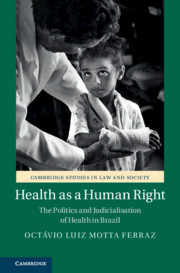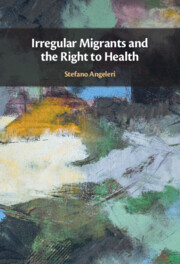Health as a Human Right
Does human rights law work? This book engages in this heated debate through a detailed analysis of thirty years of the right to health - perhaps the most complex human right - in Brazil. Are Brazilians better off three decades after the enactment of the right to health in the 1988 Constitution? Has the flurry of litigation experienced in Brazil helped or harmed the majority of the population? This book offers an in-depth analysis of these complex and controversial questions grounded on a wealth of empirical data. The book covers the history of the recognition of health as a human right in the 1988 Constitution through the Sanitary Movement's campaign and the subsequent three decades of what Ferraz calls the politics and judicialization of health. It challenges positions of both optimists and sceptics of human rights law and will be of interest to those looking for a more nuanced analysis.
- Explores the effects of the right to health in Brazil in the past 30 years and provides a comprehensive analysis of this complex and controversial topic
- Presents and analyses a wealth of empirical data on the topic rarely found in the legal literature, allowing readers to see how far the theoretical debates reflect the reality on the ground
- Focusses in great detail on Brazil and features a detailed case study which readers will be able to use to compare other places experiencing the same issues
Product details
March 2025Paperback
9781108729017
361 pages
229 × 152 × 19 mm
0.523kg
56 b/w illus. 6 maps 7 tables
Available
Table of Contents
- 1. Introduction: does the right to health matter?
- Part I. The Politics of the Right to Health:
- 2. Health becomes a right in Brazil
- 3. The constitution works
- 4. Two Brazils
- Part II. The Judicialization of the Right to Health:
- 5. The judicialization of health in numbers
- 6. How the haves come out ahead in health litigation
- 7. Islands of rights revolutions?
- 8. Unequal justice: what is litigated, why, and who really benefits from health litigation in Brazil?
- Part III. Conclusion: What Role for Courts?:
- 9. To interfere or not to interfere: the court's dilemma
- Bibliography
- Index.



